In Pa Then culture, red is a symbol of fire and light, conveyed emotionally through each needle and thread, vividly appearing through each sophisticated brocade pattern. Red is used as the main color in traditional costumes, harmoniously combined with white, black and yellow to create a composition that is both brilliant, warm and full of vitality.

The traditional costume of Pa Then women includes a shirt, skirt, bib, belt and head scarf, which are completely handmade, requiring time, meticulousness and elaboration. The shirt has a low round neck, two panels attached to the body, often tied at the waist with a red cloth strip. The skirt is wide, pleated, decorated with geometric patterns such as diamonds, triangles, zigzags... The bib is usually square, placed in front of the chest, with red, yellow and white colors, contributing to the modesty and unique charm of highland women.

In Thuong Minh village, Hong Quang commune, Lam Binh district, the traditional embroidery and weaving craft is still preserved. From choosing raw materials, spinning yarn, dyeing fabric with forest plants to embroidering techniques, all are done according to traditional methods.

The patterns are not only decorative elements but also express aesthetic thinking and indigenous knowledge about nature and the living environment. Completing a costume can take from several months to a year depending on the level of sophistication. Previously, the embroidery and weaving stages were often carried out during the leisure time of farming.
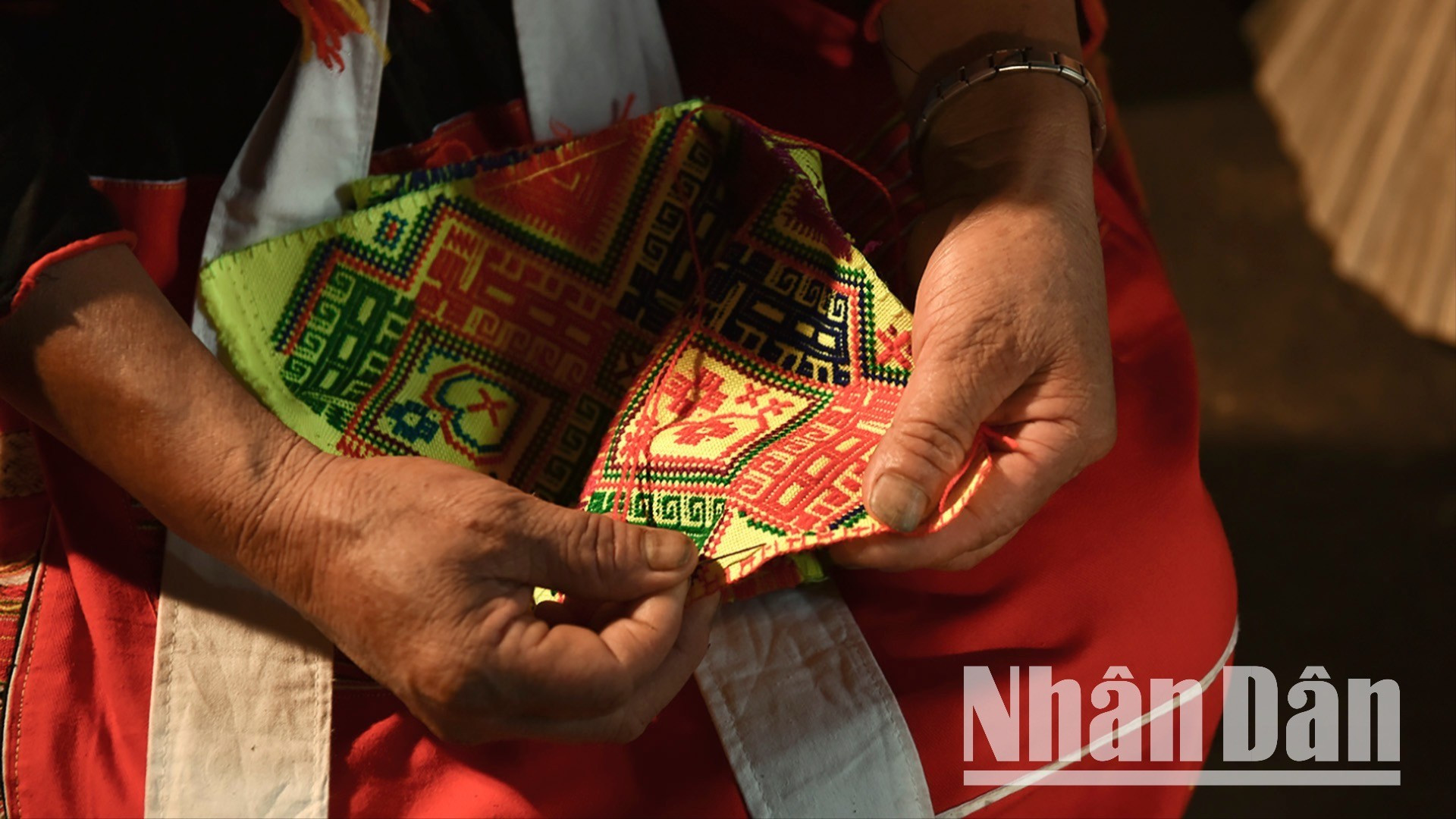
One of the most distinctive features of Pa Then costumes is the brocade pattern system. Geometric motifs such as diamond, triangle, circle… are all associated with the symbols of terraced fields, streams, stilt houses or natural elements. Without a drawing or template, the embroiderer uses memory, observation and artistic perception to express the pattern through each needle stitch.
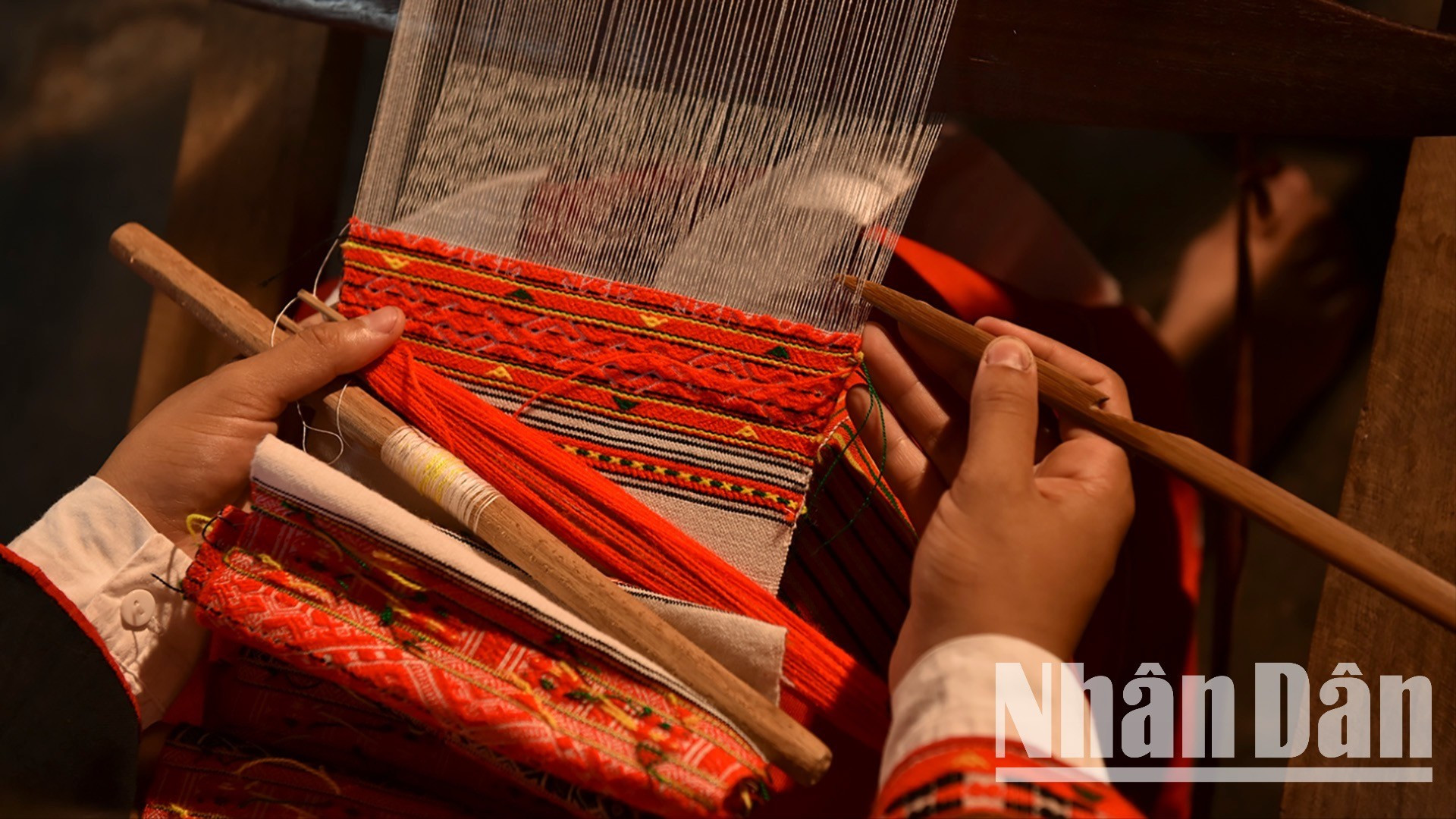
Pa Then women’s embroidery technique requires high precision from threading, thread holding, line alignment, color matching… to repeating patterns in a balanced and harmonious way. The embroidery process is a form of personal artistic creation.
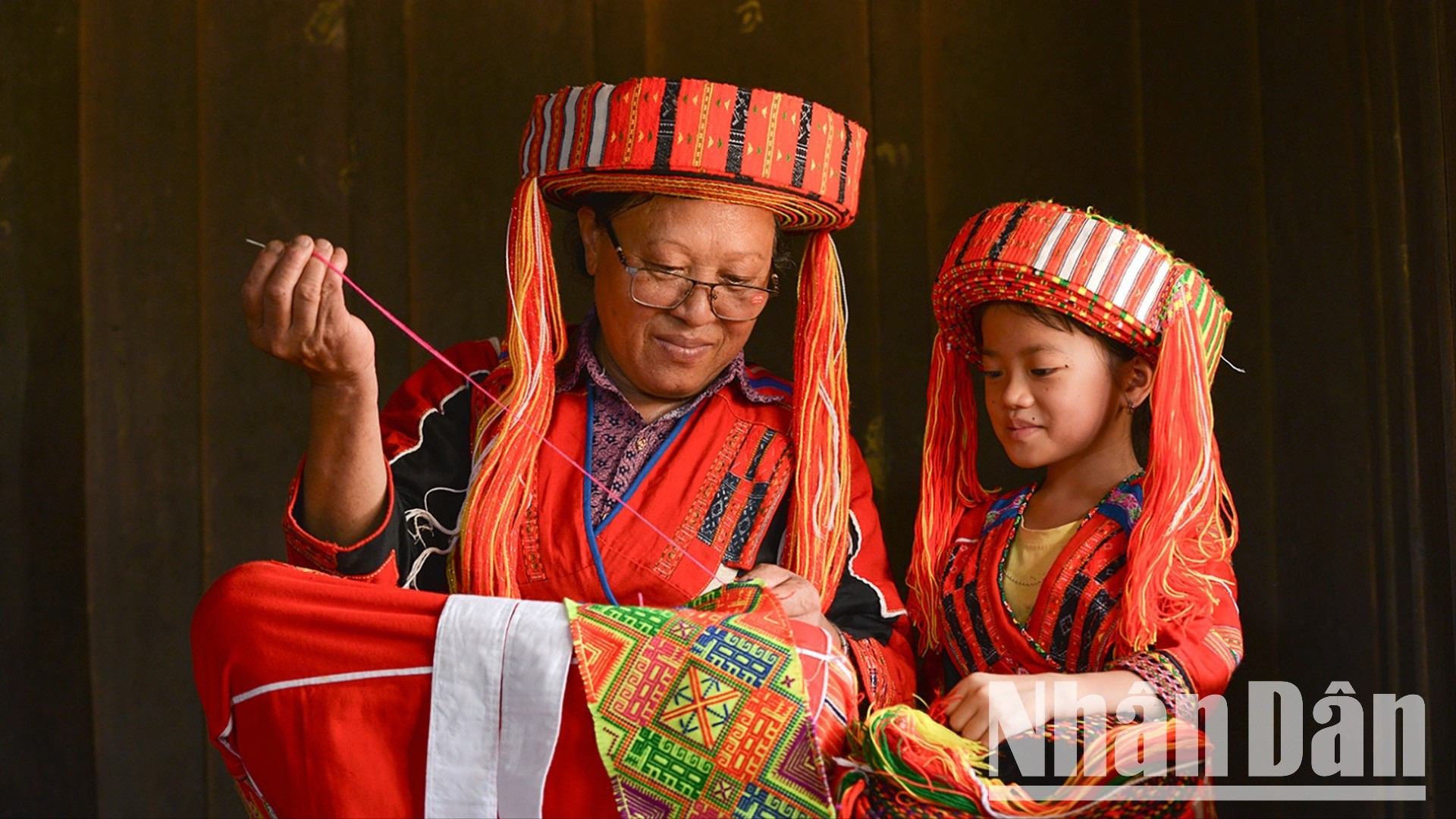
The spread of modern culture has made wearing traditional costumes less popular in daily life. However, instead of letting them fade away, many mountainous localities have proactively implemented programs to restore traditional crafts in conjunction with developing community tourism and building new rural areas.

In Lam Binh, brocade weaving classes are held regularly, attracting Pa Then ethnic women to participate. Students not only learn how to weave, embroider patterns, and mix colors, but are also supported in creating new products such as handbags, wallets, scarves, accessories, etc. to serve market needs.
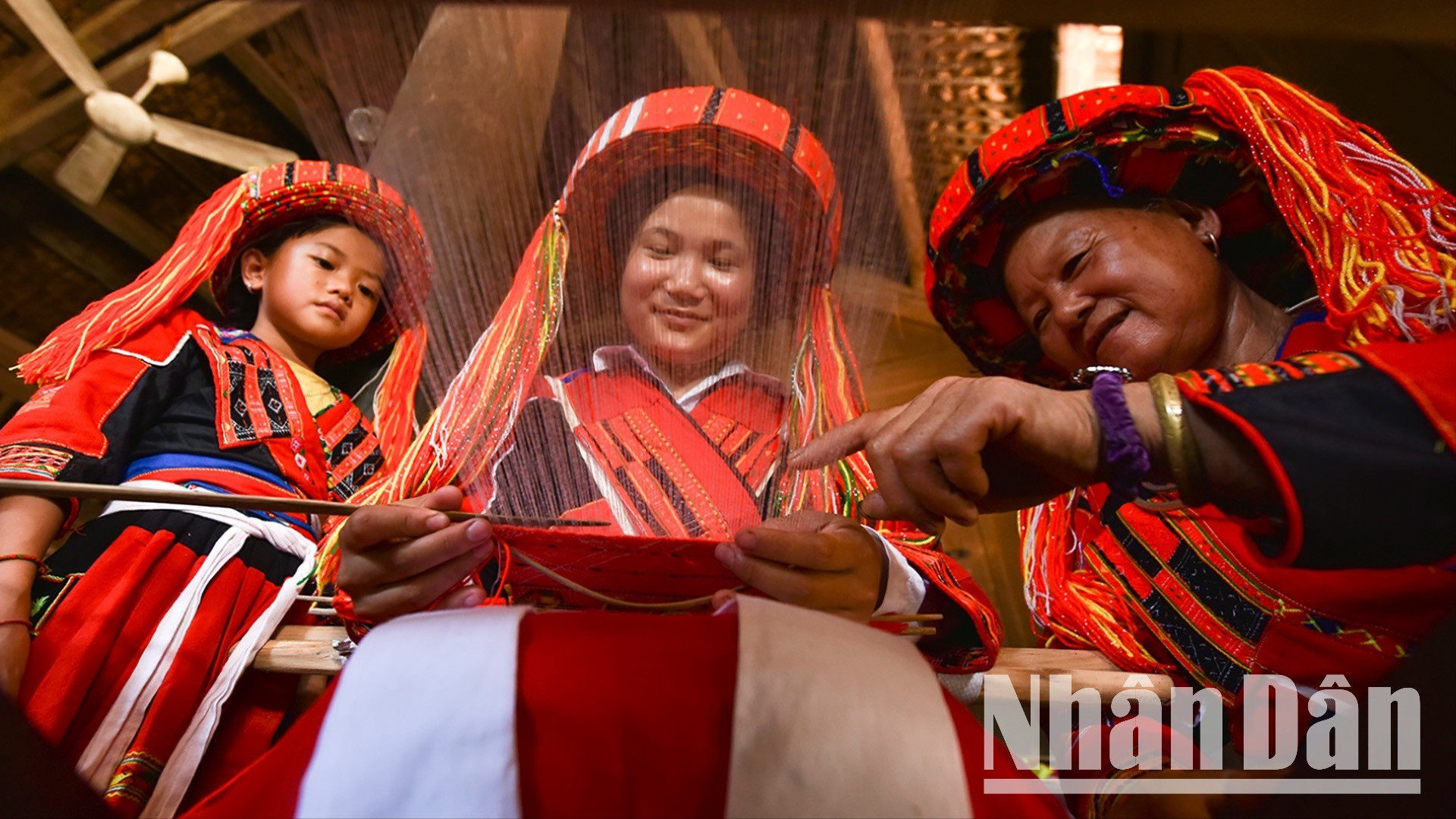
The combination of cultural preservation and economic development has created a new driving force in preserving heritage while generating income for the community. In addition to economic benefits, the presence of traditional costumes in cultural events, tourism, community festivals and public spaces also contributes to raising social awareness of national cultural values.

Pa Then traditional costumes are an integral part of intangible cultural heritage. Together with the fire dancing ceremony, which has been recognized as a national intangible cultural heritage, traditional costumes play an important role in preserving identity, connecting communities andeducating the younger generation about their roots.
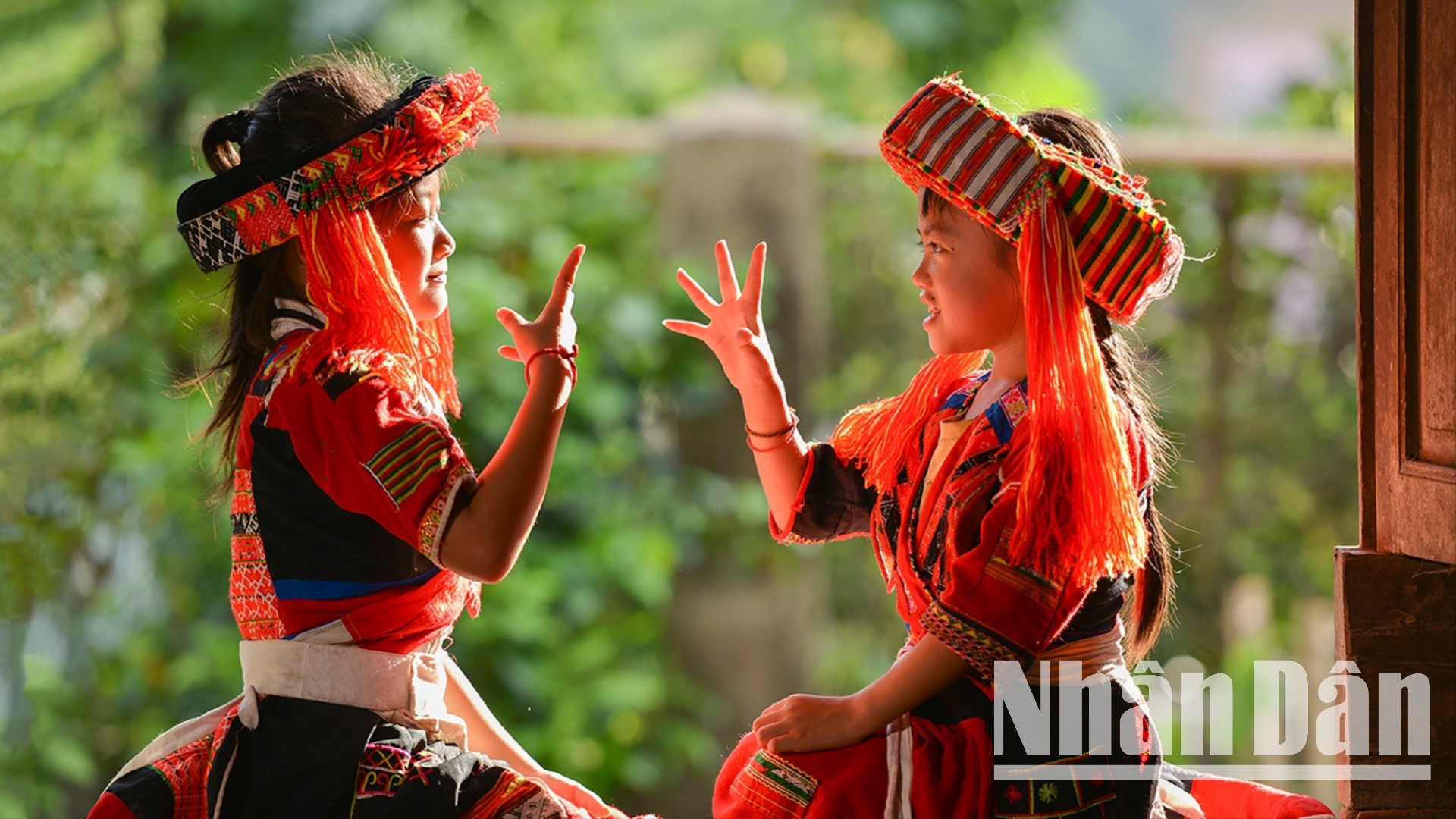
The preservation of traditional cultural values, including costumes, is integrated into the National Target Program for Socio-Economic Development of Ethnic Minority and Mountainous Areas for the 2021-2030 period. This is not only a way to protect heritage but also a way to create livelihoods, promote sustainable tourism and preserve the cultural diversity of Vietnam's 54 ethnic groups.
Source: https://nhandan.vn/anh-sac-do-trong-trang-phuc-truyen-thong-cua-phu-nu-pa-then-giua-nui-rung-lam-binh-post884174.html








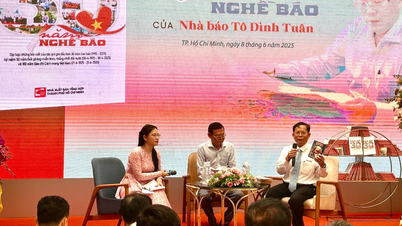

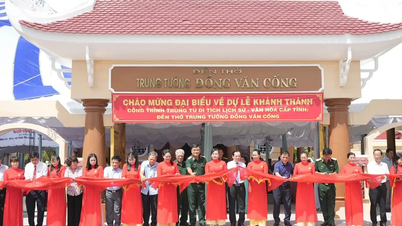


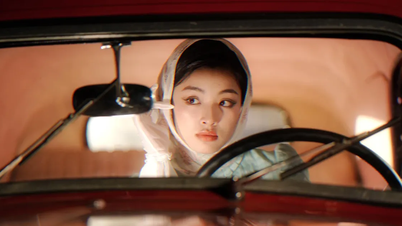


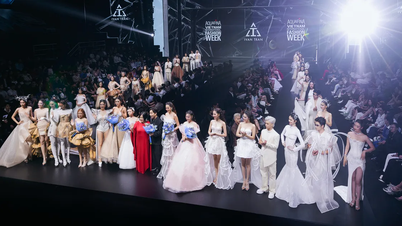




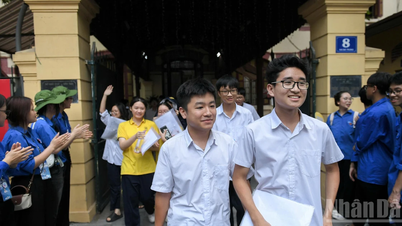

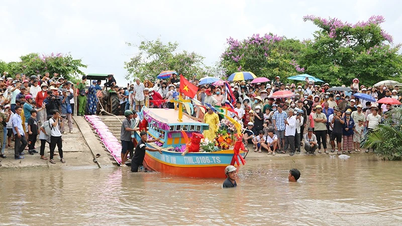
![[Video] Journalist Ly Thi Trung: a life devoted to revolutionary journalism](https://vphoto.vietnam.vn/thumb/402x226/vietnam/resource/IMAGE/2025/6/8/f66d85bab27c4ca281f97ffd774b66fc)
![[Photo] More than 102,000 candidates in Hanoi finished the first day of the 10th grade entrance exam](https://vphoto.vietnam.vn/thumb/402x226/vietnam/resource/IMAGE/2025/6/8/890de7a83f054365a78548eb6cc94b25)
































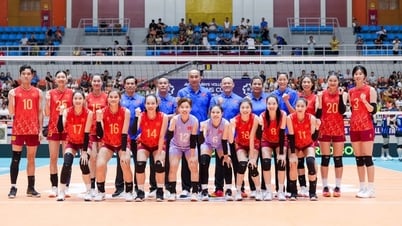
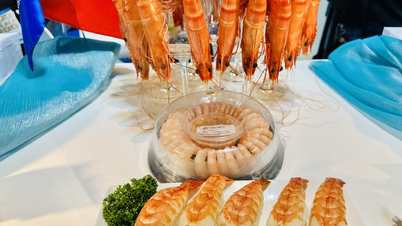











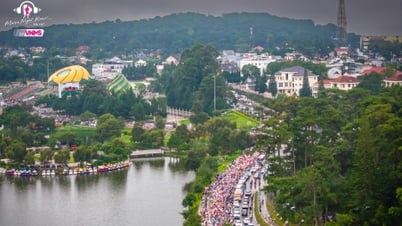

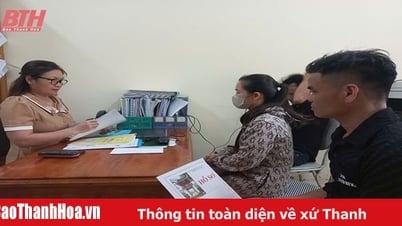


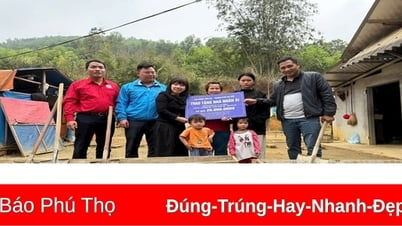

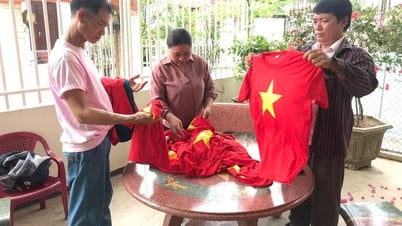

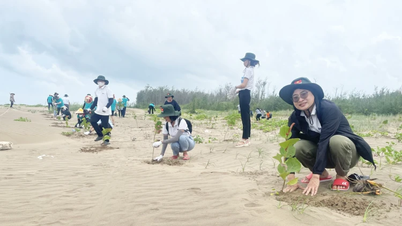








![[OCOP REVIEW] Tu Duyen Syrup - The essence of herbs from the mountains and forests of Nhu Thanh](https://vphoto.vietnam.vn/thumb/402x226/vietnam/resource/IMAGE/2025/6/5/58ca32fce4ec44039e444fbfae7e75ec)


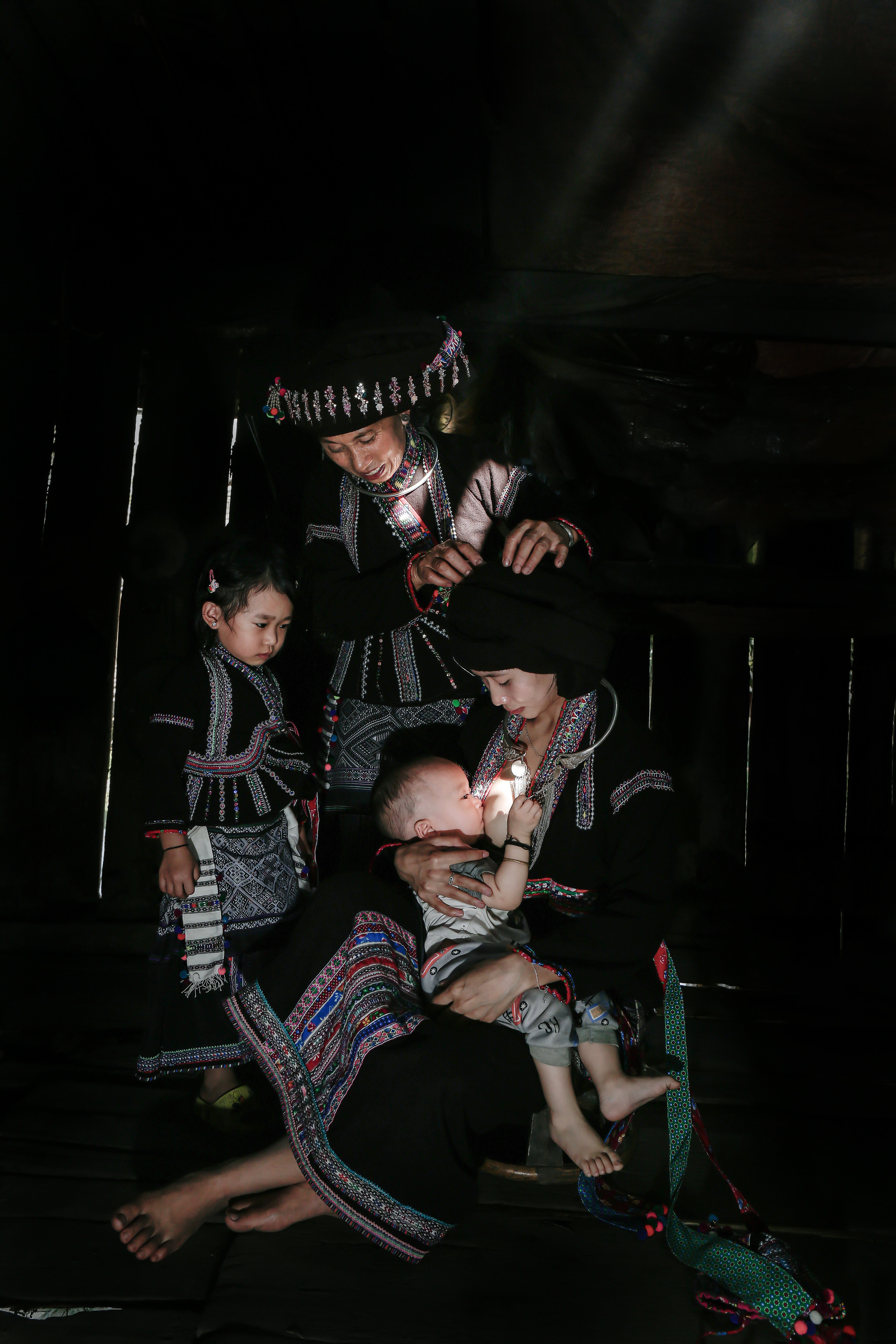
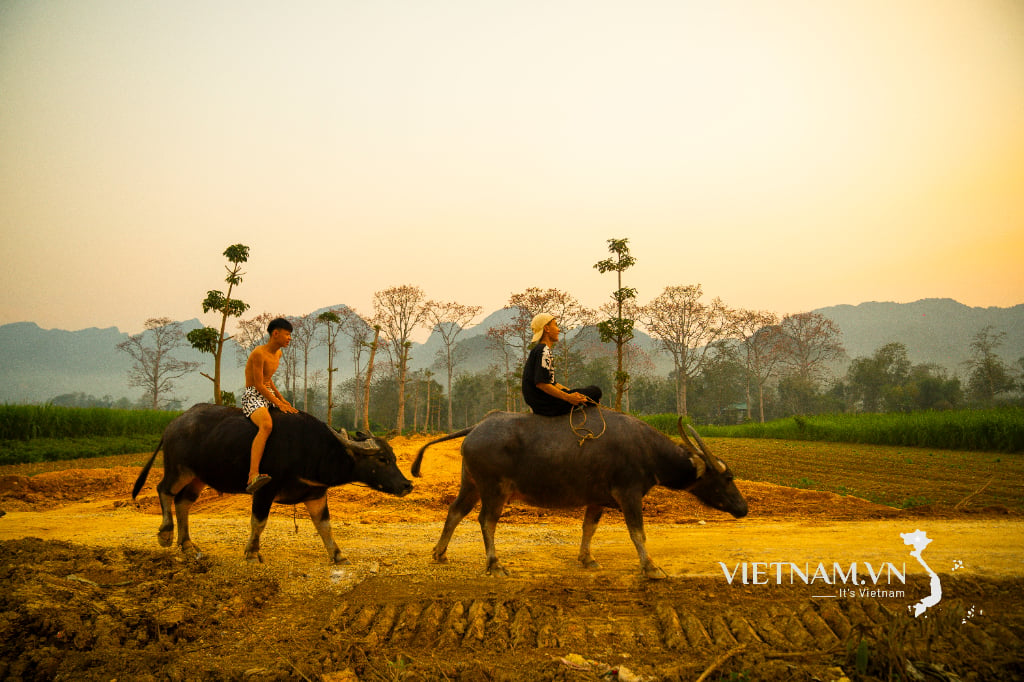
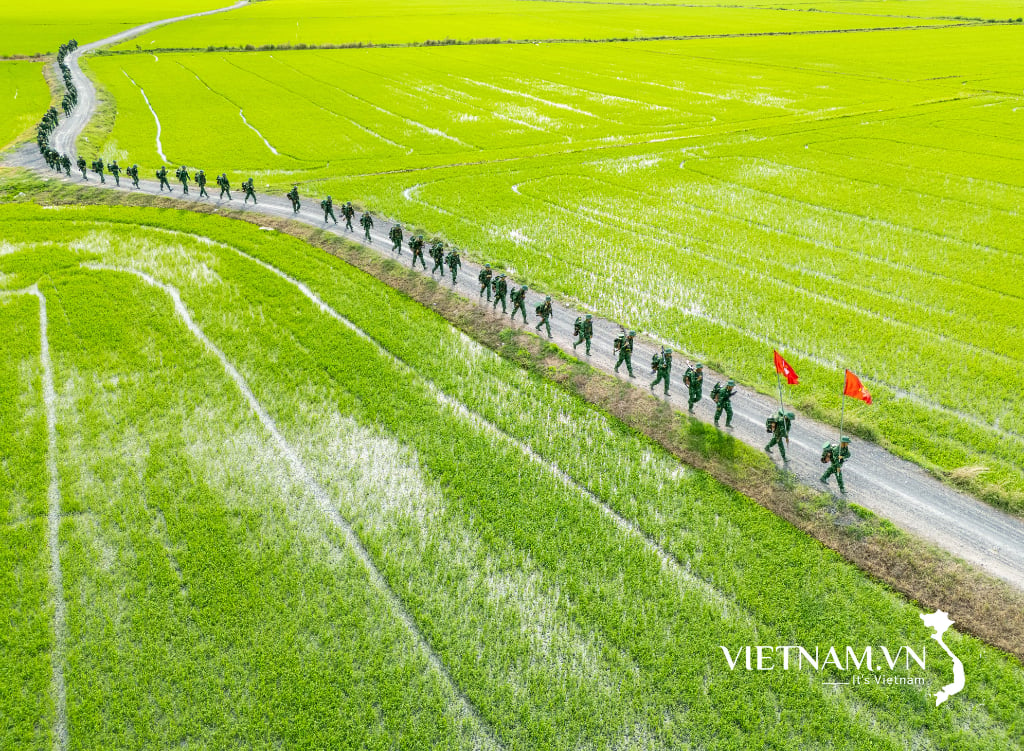
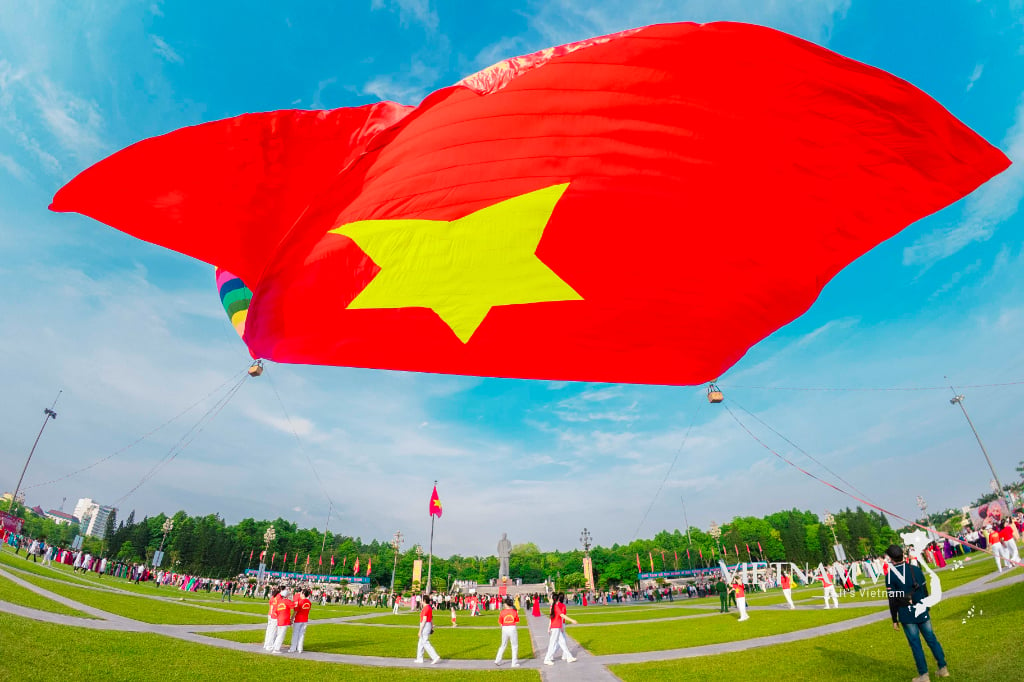
Comment (0)